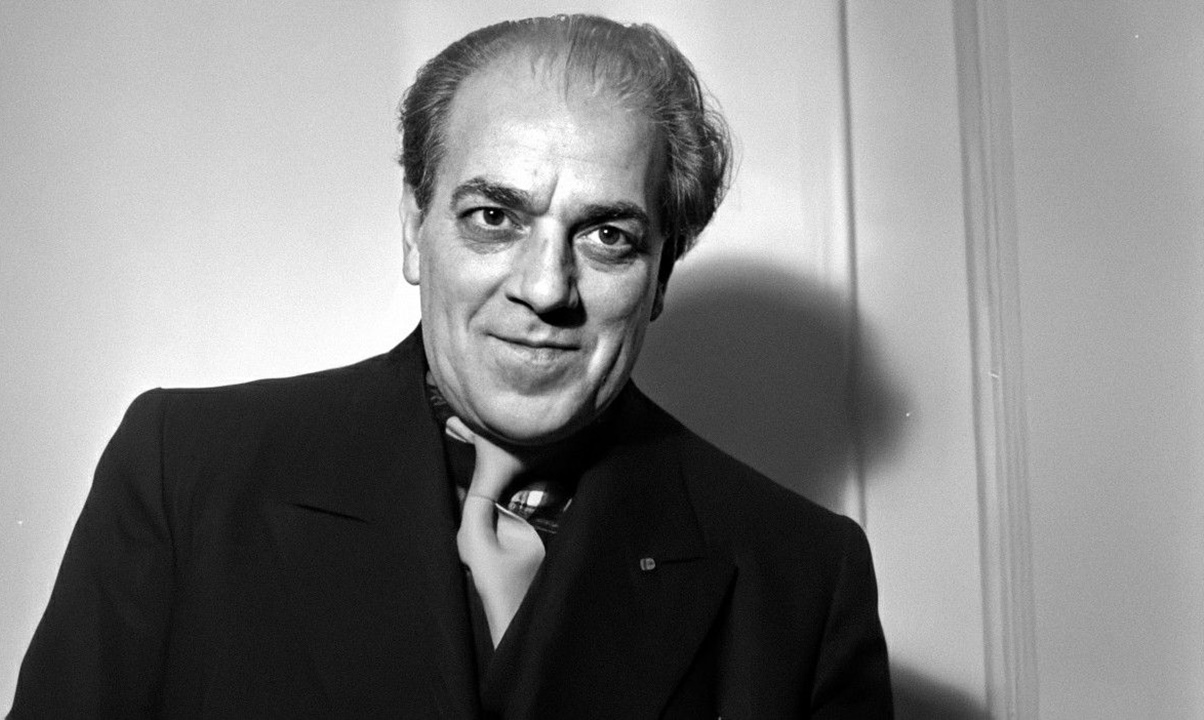Heitor Villa-Lobos: A Complete Biography
Introduction
Heitor Villa-Lobos (1887–1959) is widely regarded as the most significant classical composer in Brazilian history and one of the most innovative composers of the 20th century. His music fused Western classical traditions with Brazilian folk and popular music, creating a unique and influential sound. Over his prolific career, Villa-Lobos composed symphonies, operas, concertos, chamber works, and solo pieces, leaving a legacy that transformed the landscape of music in Brazil and beyond.
Childhood
Heitor Villa-Lobos was born on March 5, 1887, in Rio de Janeiro, Brazil. His father, Raul Villa-Lobos, was a librarian and an amateur musician who introduced young Heitor to the world of music, particularly the works of Johann Sebastian Bach. Raul’s early death in 1899, when Heitor was just 12 years old, left the family in financial distress. Nevertheless, his early exposure to music and the rich soundscape of Rio’s popular and folk traditions profoundly influenced his musical development.
Villa-Lobos began studying the cello as a child and quickly showed an independent musical spirit. Despite the family’s initial hopes for him to pursue a traditional education, Heitor gravitated toward a more self-directed and experiential musical path.
Youth
During his teenage years and early twenties, Villa-Lobos traveled extensively throughout Brazil, especially through the remote regions of the Northeast and the Amazon. These trips were both musical explorations and ethnographic missions, during which he collected folk melodies, rhythms, and practices from indigenous and rural communities. This period was crucial in shaping his musical voice, rooted in the synthesis of classical training and native Brazilian idioms.
Although Villa-Lobos briefly enrolled in formal music studies at the National Institute of Music in Rio de Janeiro, he was largely self-taught and often resisted academic musical norms. He earned a living as a café and cinema musician, playing cello and guitar, and developed a deep appreciation for Brazilian street music, choro, and modinha.
Adulthood
In the 1920s, Villa-Lobos began to gain recognition both in Brazil and internationally. In 1923, he traveled to Paris, where he stayed until 1930. In Paris, he met influential figures such as Darius Milhaud, Edgard Varèse, and Arthur Rubinstein. His music attracted attention for its originality and color, blending European techniques with vibrant South American influences. Key works from this period include Chôros (a 14-part series), which exemplifies his experimental and nationalistic style.
Upon returning to Brazil in the 1930s, Villa-Lobos took on important educational and cultural roles. With government support—particularly under the Vargas regime—he became deeply involved in music education reform. He developed the Canto Orfeônico program to encourage collective singing in schools and composed many works for educational purposes.
In the 1940s and 1950s, Villa-Lobos continued to compose prolifically, receiving commissions from major international organizations. He traveled extensively to conduct and promote his music, visiting the United States, Europe, and Latin America. Among his later admirers was conductor Leopold Stokowski, who championed his works abroad.
Major Compositions
Heitor Villa-Lobos’s oeuvre exceeds 2,000 works, reflecting an extraordinary range and inventiveness. Some of his most significant compositions include:
- Bachianas Brasileiras (1930–1945): A series of nine suites combining the style of J.S. Bach with Brazilian rhythms and melodies. Bachianas Brasileiras No. 5 for soprano and eight cellos is among his most popular and hauntingly beautiful works.
- Chôros (1920–1929): A cycle of pieces for various ensembles and solo instruments that integrate improvisational Brazilian urban music with avant-garde compositional techniques.
- Symphonies: Villa-Lobos wrote 12 symphonies, many of which remain underappreciated but reveal his evolving orchestral voice.
- Guitar and Piano Works: His guitar compositions, including the Études and Preludes, are central to the classical guitar repertoire. Pianists also revere his character pieces and suites.
- Operas and Sacred Works: Although less known, Villa-Lobos composed several operas and large-scale sacred works, such as Missa São Sebastião and Magnificat-Alleluia, reflecting his interest in spirituality and liturgical tradition.
Death
Heitor Villa-Lobos died on November 17, 1959, in Rio de Janeiro from cancer. He was 72 years old. His death was mourned across Brazil and the global musical community. The Brazilian government declared three days of national mourning, recognizing his status as a cultural hero.
He is buried in the Cemitério São João Batista in Rio de Janeiro, and his legacy remains deeply woven into Brazil’s national identity and the international classical music canon.
Conclusion
Heitor Villa-Lobos’s life was a journey of exploration, innovation, and cultural fusion. He not only elevated Brazilian music to global prominence but also created a body of work that is rich in originality, national character, and technical sophistication. His synthesis of classical form with native Brazilian elements broke new ground in 20th-century music. Today, Villa-Lobos is celebrated as a visionary who gave voice to the soul of Brazil through music, forever altering the course of both Brazilian and international composition.

Comments are closed